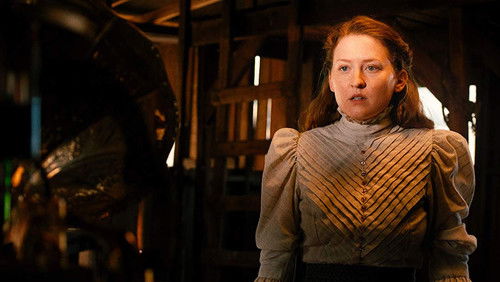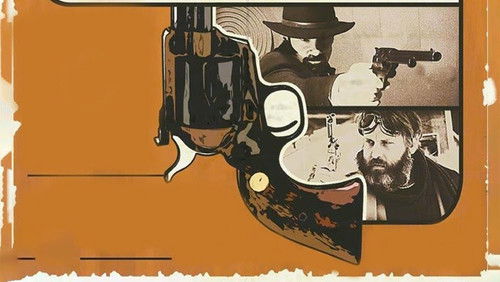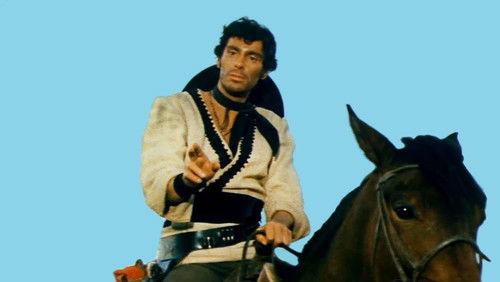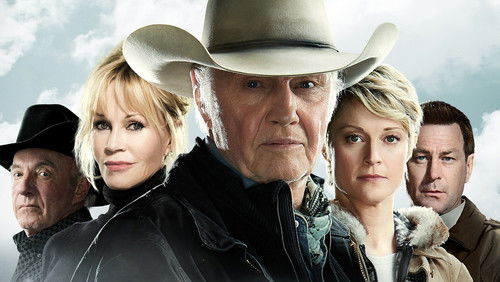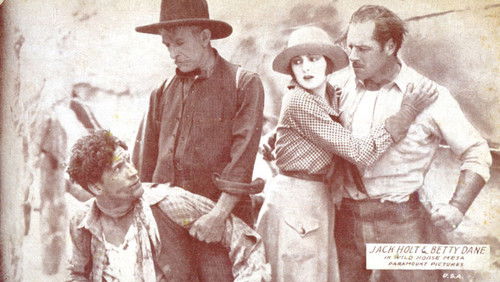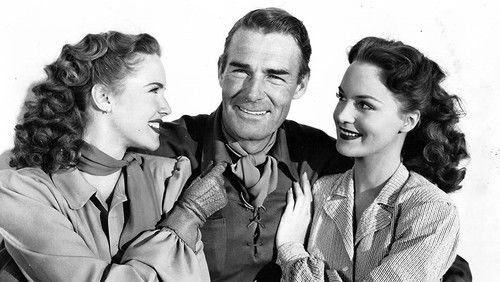Das Wiegenlied vom Totschlag (1970)
62KDas Wiegenlied vom Totschlag: Directed by Ralph Nelson. With Candice Bergen, Peter Strauss, Donald Pleasence, John Anderson. After a cavalry patrol is ambushed by the Cheyenne, the two survivors, a soldier and a woman, must reach the safety of the nearest fort.
“Soldier Blue (1970)u003cbr/u003eu003cbr/u003eMake no mistake, this is no masterpiece. But it reveals a lot about movies of the period, and about attitudes toward Native Americans and the Wild West. Itu0026#39;s not terrible, and in some ways itu0026#39;s so disturbing by the end it makes a rare point. If you like these themes, and can tolerate some awkward and awful social politics youu0026#39;ll get something from it.u003cbr/u003eu003cbr/u003eThe whole movie begins with the acting of television (and the director, Ralph Nelson, is mainly a television guy) but itu0026#39;s completely widescreen, bright color, cinema stuff, and it grows into that over time. The star is a surprise, in a way, Candice Bergen, still alive and well and acting fifty years after her debut a few years before this movie. Sheu0026#39;s known for a range of roles, from a secondary role in u0026quot;Carnal Knowledgeu0026quot; to the defining u0026quot;Murphy Brownu0026quot; for t.v. She plays a tough woman, smarter and stronger than the man she is forced to go through the wilderness with after surviving an Indian attack. And sheu0026#39;s way more contemporary than you might expect from other sources and movies of the same period.u003cbr/u003eu003cbr/u003eTo be sure, this is a comedy overall. This relieves it of a lot of criticism about its unrealistic tone and pace. But this comic element is layered with a brutality and frankly honest depiction of the time that is valuable. And the way it is filmed, with lots of long lens shots from a far distance zooming in on the main characters, is interesting, too. In all, itu0026#39;s a better film in the details than in the overall effect.u003cbr/u003eu003cbr/u003eIf Bergen is kind of wonderful (even if her role is anachronistic), the male lead played by Peter Strauss is strained. He tries to be charming and yet comes off goofy. Yes, this is a comedy, but he lacks some kind of depth that we need to go along with his silliness. Ultimately this is a lighthearted movie, but it also has a surprisingly serious edge which takes two angles. One is the way we see Native Americans. Bergenu0026#39;s open sympathy is clearly where we are meant to side, and it is pitted against the brutality and narrow-mindedness of the calvary.u003cbr/u003eu003cbr/u003eThe other is the military aspects, which seem to be a reflection on the U.S. military of the time, 1970—which means Vietnam. The senselessness of the killing and the blind military attitudes seem, at least on the surface, to parallel popular attitudes against American involvement in the Vietnam War. It was common at the time (as now) to use movies to speak to contemporary themes this way. Near the end, the flag is thrown to the ground in disgust and there is a long, truly brutal, and frankly disturbing battle scene.u003cbr/u003eu003cbr/u003eThis is not, perhaps, a deeply thought out movie, but thereu0026#39;s more going on here than its slim reputation lets on. In a way, the light silliness of the first hour and a half makes the ending all the more horrifying and memorable. Highly disturbing to the point of almost seeming abusive. This is where the freedoms of New Hollywood are trying to still find their footing.u003cbr/u003eu003cbr/u003eSee this and be prepared for the last scenes, including the oddly cheerful minute or two before the epilog. Figure it out, maybe, but at least experience it openly.”
